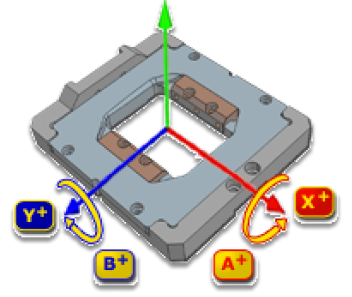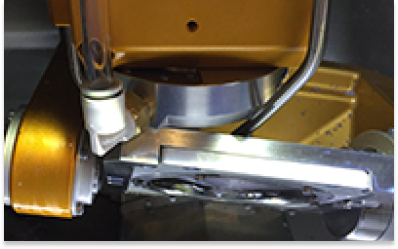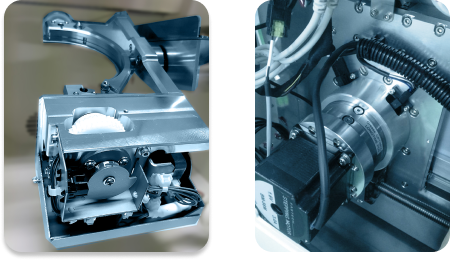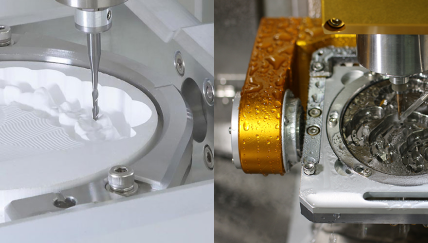
- Customer Care | Need help? Call us: (855) 687 7941
Menu
Close
- Home
- Products & Services
Company
The Axsys Advantage
Financing & Promotions
News & Testimonials
Product Portfolio
Dental Machining Centers
VERSAMILL CLASSIC COLLECTION
VERSAMILL SPEED COLLECTION 3 SERIES
VERSAMILL SPEED COLLECTION 7 SERIES
VERSAMILL SIGNATURE COLLECTION
Chairside Machining Centers
Consumable Products

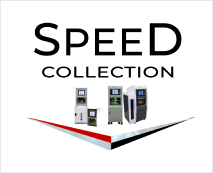
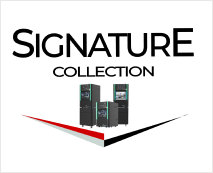
- LEARNING ZONE
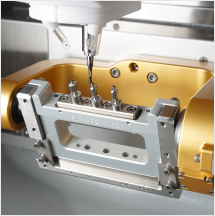
- Testimonials
- Blog
- Contact Us
- Home
- Products & Services
Company
The Axsys Advantage
Financing & Promotions
News & Testimonials
Product Portfolio
Dental Machining Centers
VERSAMILL CLASSIC COLLECTION
VERSAMILL SPEED COLLECTION 3 SERIES
VERSAMILL SPEED COLLECTION 7 SERIES
VERSAMILL SIGNATURE COLLECTION
Chairside Machining Centers
Consumable Products



- LEARNING ZONE

- Testimonials
- Blog
- Contact Us


